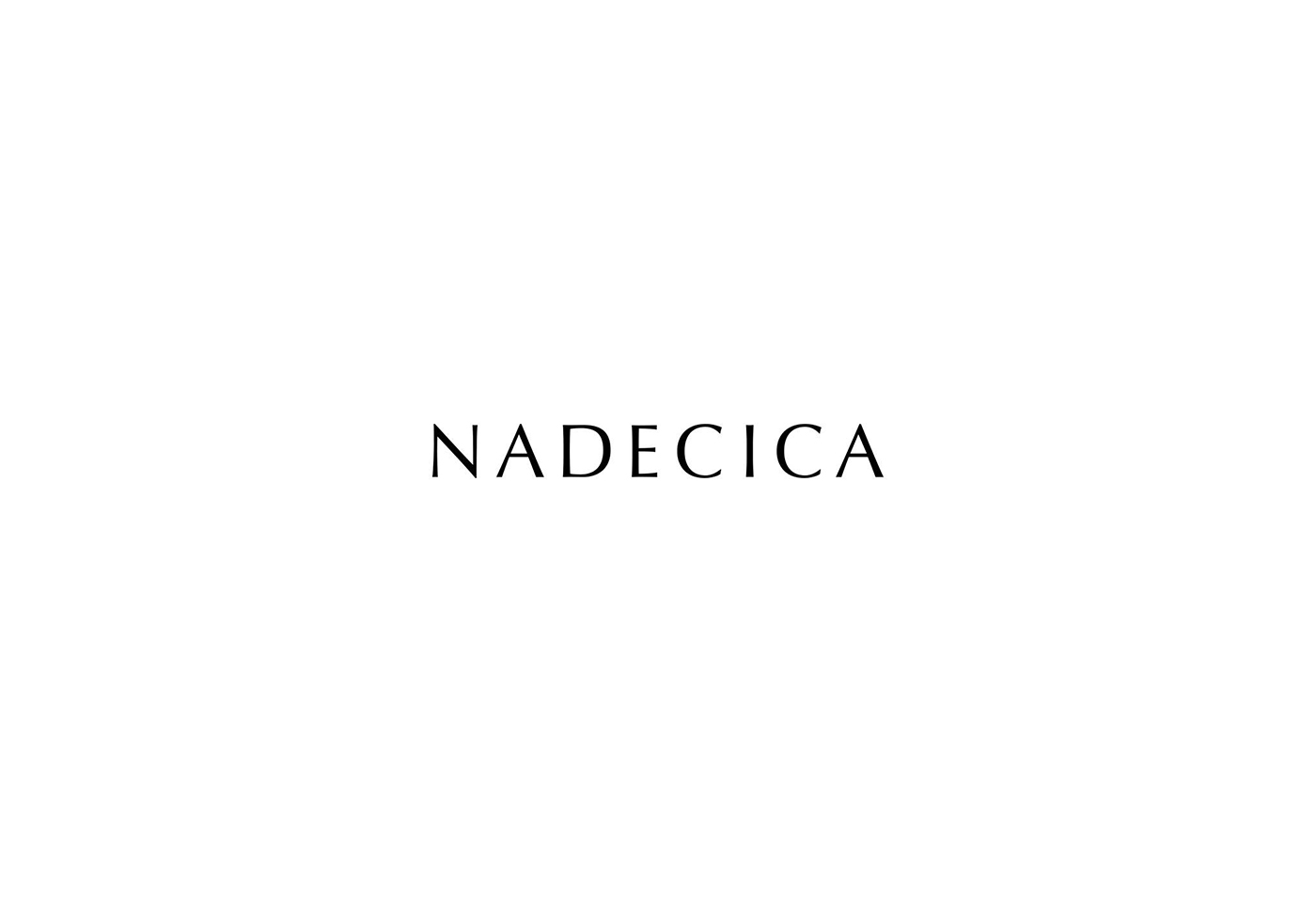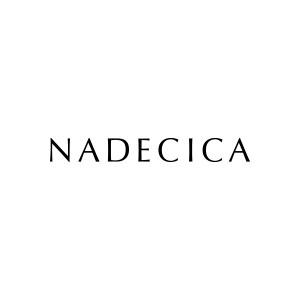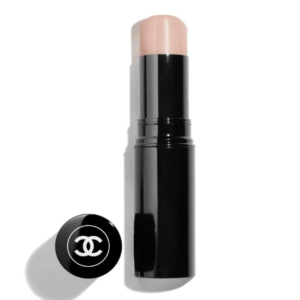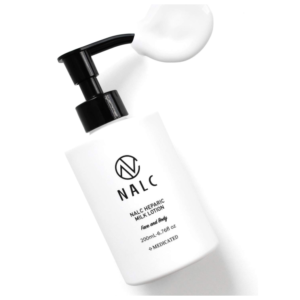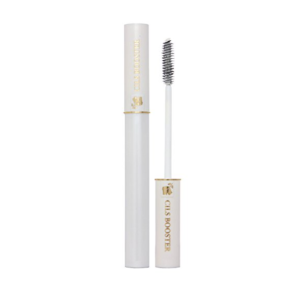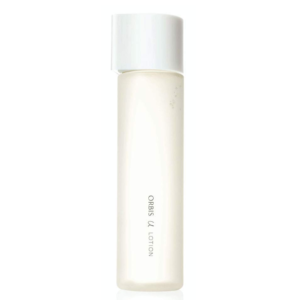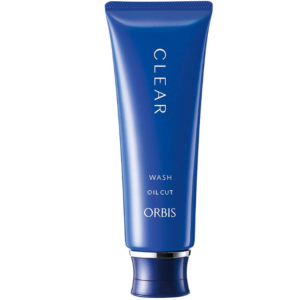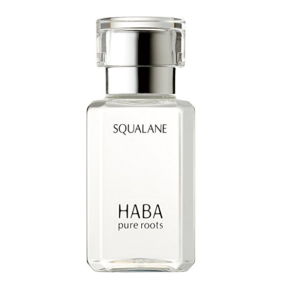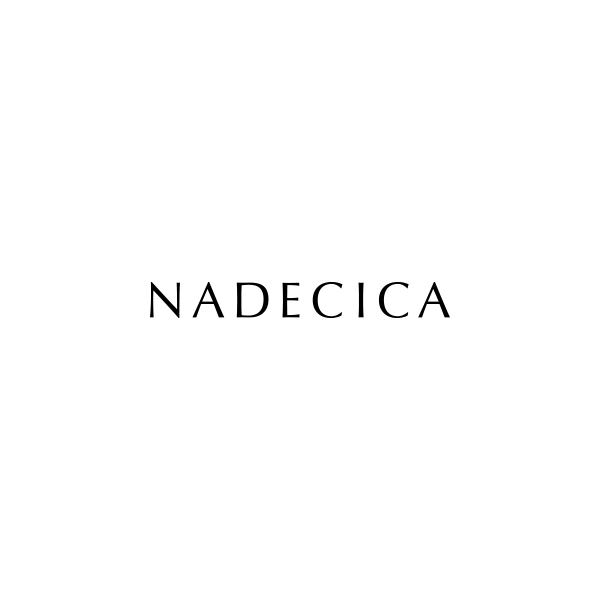目次
Content
The cost of goods sold (COGS) refers to the direct costs of producing goods the company sells. This cost includes raw materials and direct labor costs of producing the products. The quality of goods produced also affects manufacturing overhead because it increases or decreases the amount spent on direct materials, direct labor, and factory overhead. If a company improves its product quality, it will need less money for these costs and thus reduce manufacturing overhead. When you allocate manufacturing overhead, you assign the costs of indirect labor, materials, and factory expenses to products.
For example, a retailer’s overhead will be widely different from a freelancer’s. They can accomplish this by purchasing new machinery or retrofitting old machines https://goodmenproject.com/business-ethics-2/navigating-law-firm-bookkeeping-exploring-industry-specific-insights/ with the latest technology. It’s also possible to reduce the number of labor hours used in production by training workers to do more than one task at a time.
Cost Control- Advantages Of Manufacturing Overhead
These physical costs are calculated either by the declining balance method or a straight-line method. The declining balance method involves using a constant rate of depreciation applied to the asset’s book value each year. The straight-line depreciation method distributes the carrying amount of a fixed asset evenly across its useful life. The latter is used when there is no pattern to the asset’s loss of value.
The wages paid to a construction worker, a pizza delivery driver, and an assembler in an electronics company are examples of direct labor. As with direct material costs, direct labor costs of a product include only those labor costs clearly traceable to, or readily identifiable with, the finished product. You first need to calculate the overhead allocation rate to allocate the overhead costs. Some might be done by dividing total overhead by the number of products sold or by dividing total overhead by the number of direct labor hours. These are the expenses that stay the same even when production volume changes.
What Is Factory Overhead?
Because manufacturing overhead is an indirect cost, accountants are faced with the task of assigning or allocating overhead costs to each of the units produced. For example, the property taxes and insurance on the manufacturing buildings are based on the assets’ value and not on the number of units manufactured. Yet these and other indirect costs must be allocated to the units manufactured.
If a company has $20,000 in manufacturing overhead costs and $1 million in sales, its overhead percentage would be 20% (or $20,000 / $1 million x 100). Direct materials are the raw materials that become a part of the finished product. Manufacturing adds value to raw materials by applying a chain of operations to maintain a deliverable product. There are many operations that can be applied to raw materials such as welding, cutting and painting.
Examples of Overhead
Selling overhead relates to activities involved in marketing and selling the good or service. This can include printed materials and television commercials, as well as the commissions of sales personnel. Other categories such as research overhead, maintenance overhead, manufacturing overhead, or transportation overhead also apply.
An excellent way to reduce losses due to defective materials or parts is by using quality control measures such as inspections during production and testing before shipping products to customers. Navigating Law Firm Bookkeeping: Exploring Industry-Specific Insights You replace or repair faulty materials or parts as soon as possible to avoid losses. The most common way to reduce manufacturing overhead is by using more efficient machinery and equipment.
Direct labor includes the production workers who assemble the boats and test them before they are shipped out. Indirect labor (part of manufacturing overhead) includes the production supervisors who oversee production for several different boats and product lines. These are costs that the business takes on for employees not directly involved in the production of the product. This can include security guards, janitors, those who repair machinery, plant managers, supervisors and quality inspectors. Companies discover these indirect labor costs by identifying and assigning costs to overhead activities and assigning those costs to the product. That means tracking the time spent on those employees working, but not directly involved in the manufacturing process.
- Our work has been directly cited by organizations including Entrepreneur, Business Insider, Investopedia, Forbes, CNBC, and many others.
- However, as we noted earlier, managerial accounting information is tailored to meet the needs of the users and need not follow U.S.
- Communication goes a long way in organizational change, and letting the team know about overhead reduction goals can help inspire them to work together.
- It is added to the cost of the final product along with the direct material and direct labor costs.
- This means that the cost of goods changes based on how many items are sold.
- This cost is incurred for materials which are used in manufacturing but cannot be assigned to any single product.
Manufacturing overhead is part of a company’s manufacturing operations, specifically, the costs incurred outside of those related to the cost of direct materials and labor. These include rental expenses (office/factory space), monthly or yearly repairs, and other consistent or “fixed” expenses that mostly remain the same. For example, you have to continue paying the same amount for renting office or factory space even if your company decides to lower production for this quarter. Manufacturing overhead costs are the indirect expenses required to keep a company operational. Even though all businesses have some manufacturing overhead costs, not all of them are equal.

